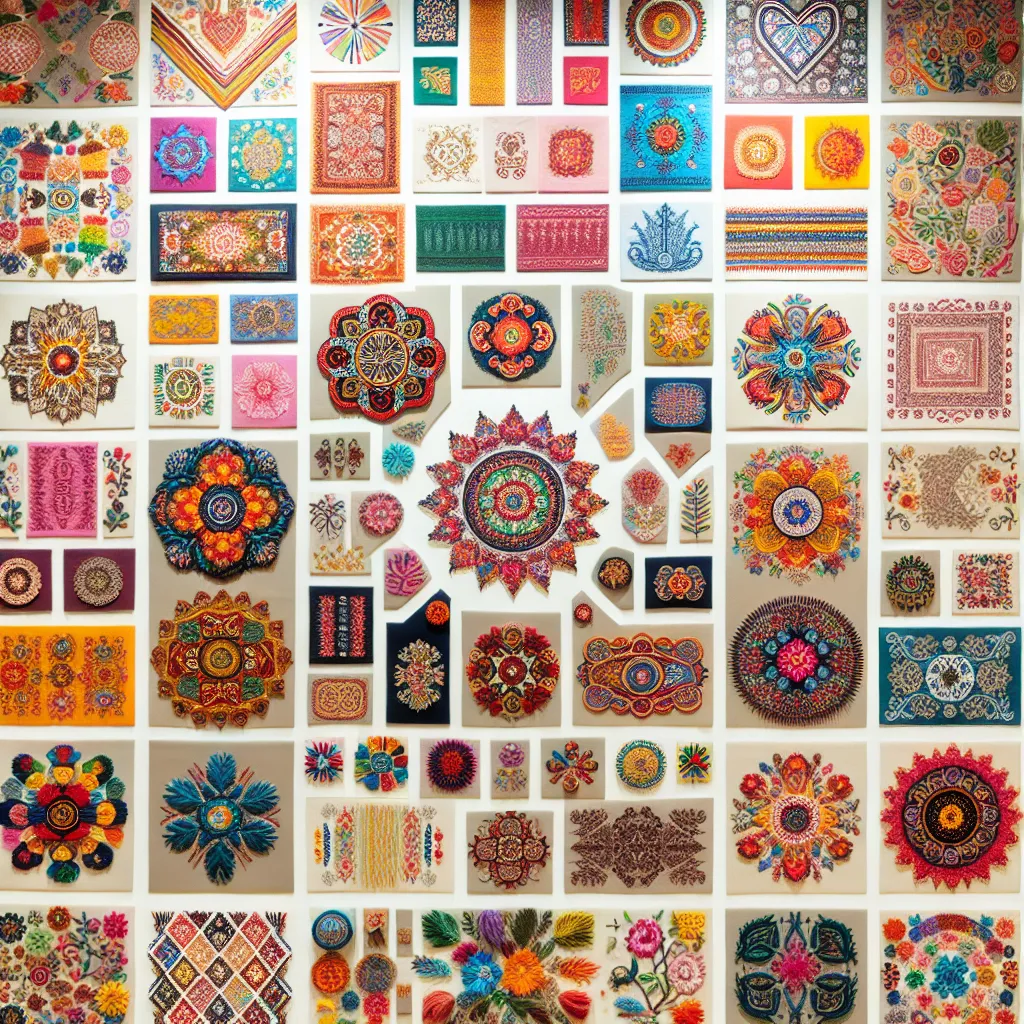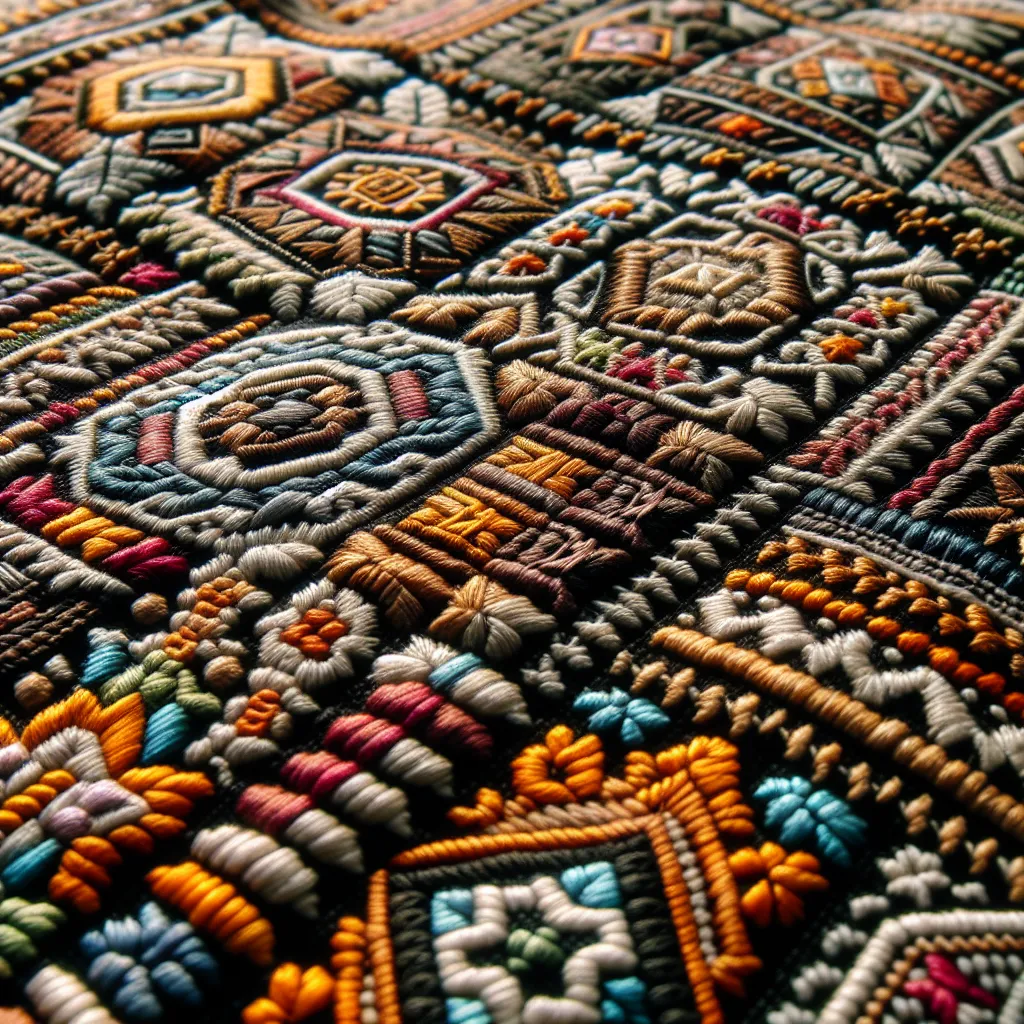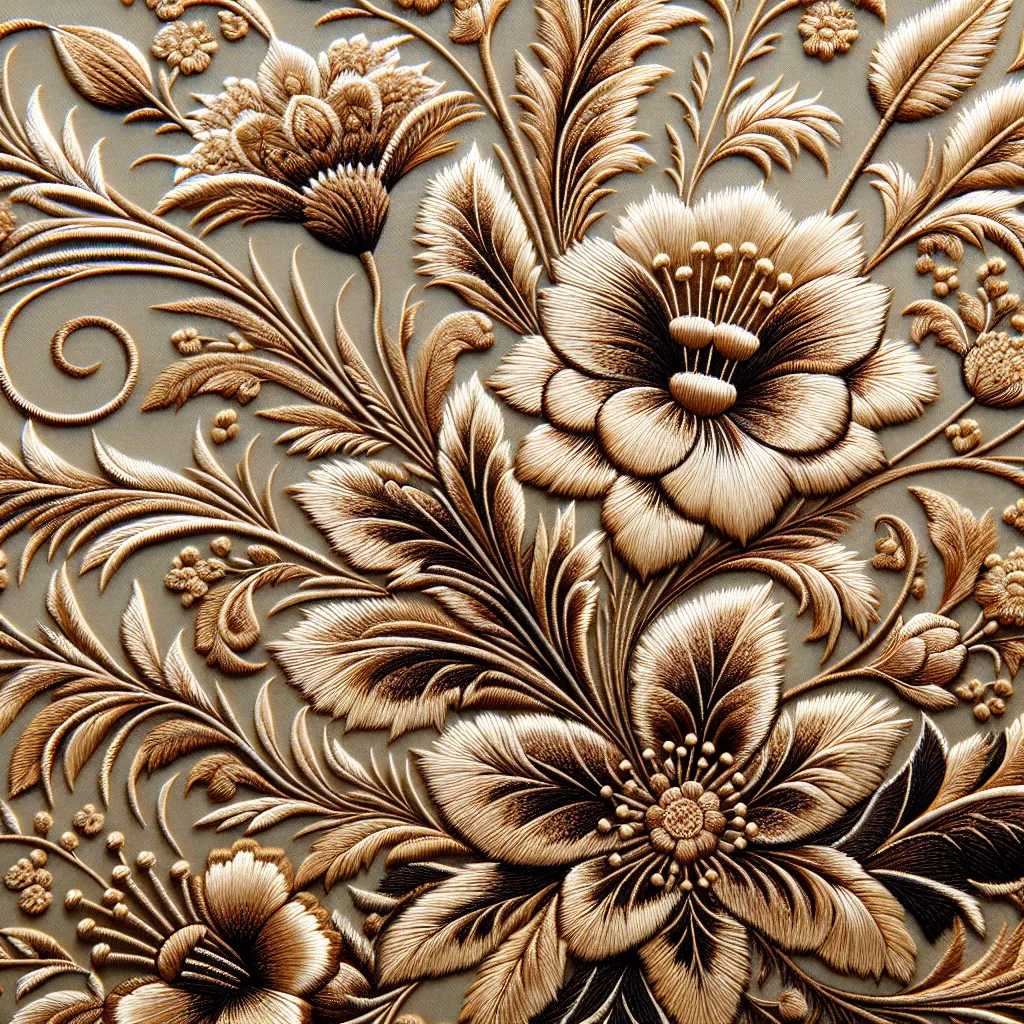Embroidery Traditions Around the World
Embroidery traditions around the world have played a significant role in preserving cultural heritage and storytelling through intricate needlework. In different regions, embroidery is not just a craft, but a reflection of the rich history, folklore, and traditions of the people. From the vibrant and colorful Russian folk embroidery to the delicate and exquisite Japanese sashiko stitching, each embroidery tradition carries unique cultural significance.
In Eastern Europe, particularly in countries like Hungary and Ukraine, embroidery is deeply rooted in tradition and symbolism. Patterns and motifs in Ukrainian embroidery, known as vyshyvanka, often depict ancient folk tales and beliefs, and are believed to provide protection and ward off evil spirits. Similarly, in Hungary, the richly embroidered traditional garments, such as the Matyó embroidery, are a symbol of pride and identity, with each motif carrying specific meanings related to the local community.
In Asia, embroidery traditions are equally diverse and culturally rich. Chinese embroidery, with a history spanning thousands of years, is revered for its intricate silk stitches and often depicts scenes from mythology, folklore, and nature. On the other hand, the Indian tradition of embroidery varies greatly from region to region, with each area showcasing distinct styles and designs – from the colorful phulkari of Punjab to the detailed chikankari of Lucknow.
Across the African continent, embroidery traditions also hold a unique cultural significance. In countries like Nigeria, the Aso Oke fabric adorned with intricate embroidery is traditionally worn during special occasions and celebrations, reflecting the pride of the Yoruba culture. Meanwhile, in Morocco, the traditional art of stitching intricate patterns onto garments, known as Moroccan embroidery, serves as a means of artistic expression and a celebration of the country’s diverse cultural influences.
In South America, embroidery traditions are deeply ingrained in the cultural identity of indigenous communities. In regions like Peru, the art of embroidery has been passed down through generations, with each stitch carrying the stories and traditions of the Andean people. The colorful and symbolic designs found in Peruvian embroidery often reflect the natural world and spiritual beliefs of the Quechua and Aymara cultures.
Embroidery traditions around the world not only showcase the incredible craftsmanship and artistry of different cultures but also serve as a testament to the enduring significance of preserving and celebrating cultural heritage through the timeless art of needlework.
Cultural Symbolism and Embroidery Techniques
Embroidery has played a significant cultural role in various regions around the world, serving as a powerful symbol of tradition, identity, and creativity. The cultural symbolism of embroidery is deeply rooted in the history and heritage of different societies, often reflecting their unique customs, beliefs, and social structures.
In many cultures, embroidery patterns and techniques are intricately linked to specific symbols and motifs that carry deep cultural meanings. For instance, in Chinese embroidery, traditional symbols like dragons, flowers, and birds are commonly used to convey auspicious meanings such as prosperity, longevity, and good fortune. Similarly, in Mexican embroidery, the use of vibrant colors and intricate floral patterns reflects the rich cultural heritage and indigenous traditions of the region.
Furthermore, embroidery techniques often vary from one region to another, with each method showcasing the artistic preferences and technical expertise of local artisans. For example, the delicate and precise satin stitch of Japanese embroidery differs greatly from the bold and colorful cross-stitch motifs found in Eastern European traditions.
The cultural significance of embroidery goes beyond mere decoration; it serves as a means of preserving and transmitting cultural heritage from one generation to the next. Through the intricate stitching of stories, beliefs, and customs, embroidery becomes a powerful vehicle for cultural expression and representation.
As the world continues to celebrate the diversity of cultural expressions, the role of embroidery as a cultural symbol and art form remains a testament to the enduring legacy of traditional craftsmanship and creativity.
In conclusion, the rich tapestry of cultural symbolism and embroidery techniques reflects the intricate connections between art, tradition, and identity in different regions. As a timeless expression of creativity and cultural heritage, embroidery continues to captivate and inspire global audiences, showcasing the enduring significance of this art form in preserving our cultural legacy.
The History of Embroidery in Diverse Cultures
Embroidery has a rich and varied history, deeply ingrained in the cultural heritage of diverse regions around the world. The art of embroidery can be traced back to ancient times, with evidence of its practice found in civilizations such as the ancient Egyptians, Chinese, and Indian cultures. Each region has developed its own unique styles, techniques, and motifs, reflecting the distinct cultural identities and values of the people.
In China, embroidery has a history dating back to the Shang Dynasty (1600-1046 BC), where it was a highly regarded craft practiced by women of the royal court. Chinese embroidery often features motifs inspired by nature, such as flowers, birds, and traditional symbols with deep cultural meanings. The intricate use of silk threads and the emphasis on fine details are characteristic of Chinese embroidery.
Similarly, in India, embroidery has a centuries-old tradition, with each region boasting its own distinctive styles. The richness of Indian embroidery can be seen in the vibrant and elaborate patterns of fabrics such as the famous Kashmiri shawls and the detailed mirror work of Gujarat. Embroidery in India holds profound cultural significance, often entwined with religious rituals, storytelling, and traditional ceremonies.
In the Middle East, embroidery has been an integral part of the region’s cultural fabric for centuries. Palestinian embroidery, known as tatreez, is a revered art form that adorns traditional dresses and symbolizes the heritage and resilience of Palestinian women. The motifs and patterns in Palestinian embroidery often serve as a means of storytelling, conveying narratives of the land, history, and daily life.
Throughout history, embroidery has been a means of cultural expression, storytelling, and a way to pass down traditions from one generation to the next. Its significance in different regions underscores the art form’s enduring cultural importance and its ability to encapsulate the essence of diverse communities.
Impact of Globalization on Traditional Embroidery
Traditional embroidery has always been an integral part of the cultural heritage of different regions across the globe. It not only serves as a means of creative expression but also holds significant historical and cultural value. With the advent of globalization, however, traditional embroidery faces the challenge of adapting to the changing landscape of the modern world.
The impact of globalization on traditional embroidery is undeniable. As the world becomes more interconnected, traditional embroidery techniques and designs have the potential to reach a wider audience. On one hand, this can lead to greater appreciation and preservation of these cultural art forms. On the other hand, the commercialization and mass production of embroidered goods can dilute the authenticity and traditional significance of these crafts.
Furthermore, globalization has also led to a fusion of embroidery styles as different cultures and traditions interact. This has resulted in a cross-pollination of designs and techniques, creating new and unique forms of embroidery that blend traditional elements with modern influences. While this can be seen as a positive outcome of globalization, it also raises questions about the preservation of authentic traditional embroidery in its original form.
In conclusion, the impact of globalization on traditional embroidery is a complex and multifaceted issue. While it has the potential to bring greater visibility to these cultural art forms, it also poses challenges in terms of maintaining their authenticity and cultural significance. Finding a balance between embracing the opportunities that globalization brings and preserving the traditional essence of embroidery is crucial in ensuring that these rich cultural practices continue to thrive in the modern world.



